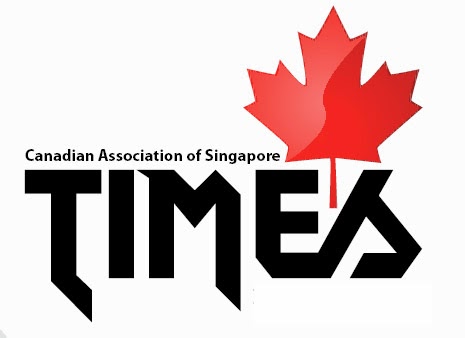As the first school to partner with Elephant Parade, CIS didn't take the responsibility lightly. Primary school students came together to produce an outstanding exhibition featuring canvas paintings of elephants painted by Kindergarten students, as well as a herd of over 1,000 replica elephants of different sizes created by Grade 1 to Grade 6 students - and even a full-size 3D elephant!
In addition to teamwork, the learning outcomes for students were vast. They ranged from using art as a medium to bring important issues to the public eye, to communicating with experts, and exposing children to important local and global social and environmental issues such as equal rights, deforestation and distribution of wealth.
Before painting images on the elephants, students identified an issue they were interested in and then talked to various primary sources to gain a better under-standing of the challenges each faced and
how they could take action to achieve meaningful change. Once they had developed an insight, professional artist Diana Francis together with CIS’s team of visual arts teachers, worked with them to simplify their ideas and portray them as images on an elephant.
The entire project took nine months to complete and is just the latest of several student art exhibitions CIS organises and opens up to the public each year. For dates on their next exhibition visit www.cis.edu.sg




